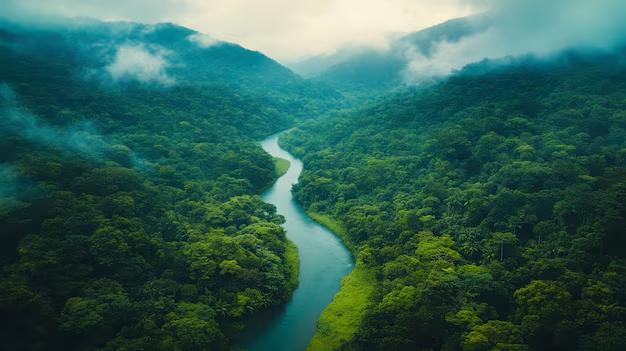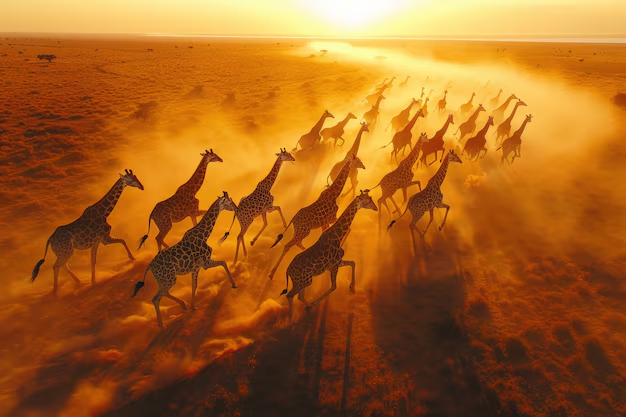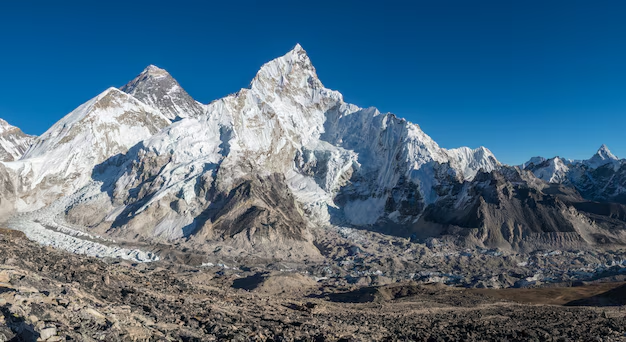The Amazon Rainforest: The Lungs of the Earth
The Amazon Rainforest, often referred to as the “lungs of the Earth,” is the largest tropical rainforest in the world, covering an area of approximately 5.5 million square kilometers (2.1 million square miles) across nine countries in South America. This vital ecosystem plays a crucial role in regulating the Earth’s climate, absorbing vast amounts of carbon dioxide and producing significant oxygen. Home to an unparalleled diversity of flora and fauna, the Amazon houses approximately 10% of all known species on Earth, including countless plants, animals, and microorganisms, many of which are still undiscovered. The rainforest is also home to numerous indigenous communities who depend on its resources for their livelihoods and cultural practices. However, the Amazon faces severe threats from deforestation, mining, agriculture, and climate change, which endanger its biodiversity and the well-being of local communities. Conservation efforts are essential to protect this invaluable ecosystem and promote sustainable development that respects the rights of indigenous peoples and preserves the rich biodiversity of the Amazon.




